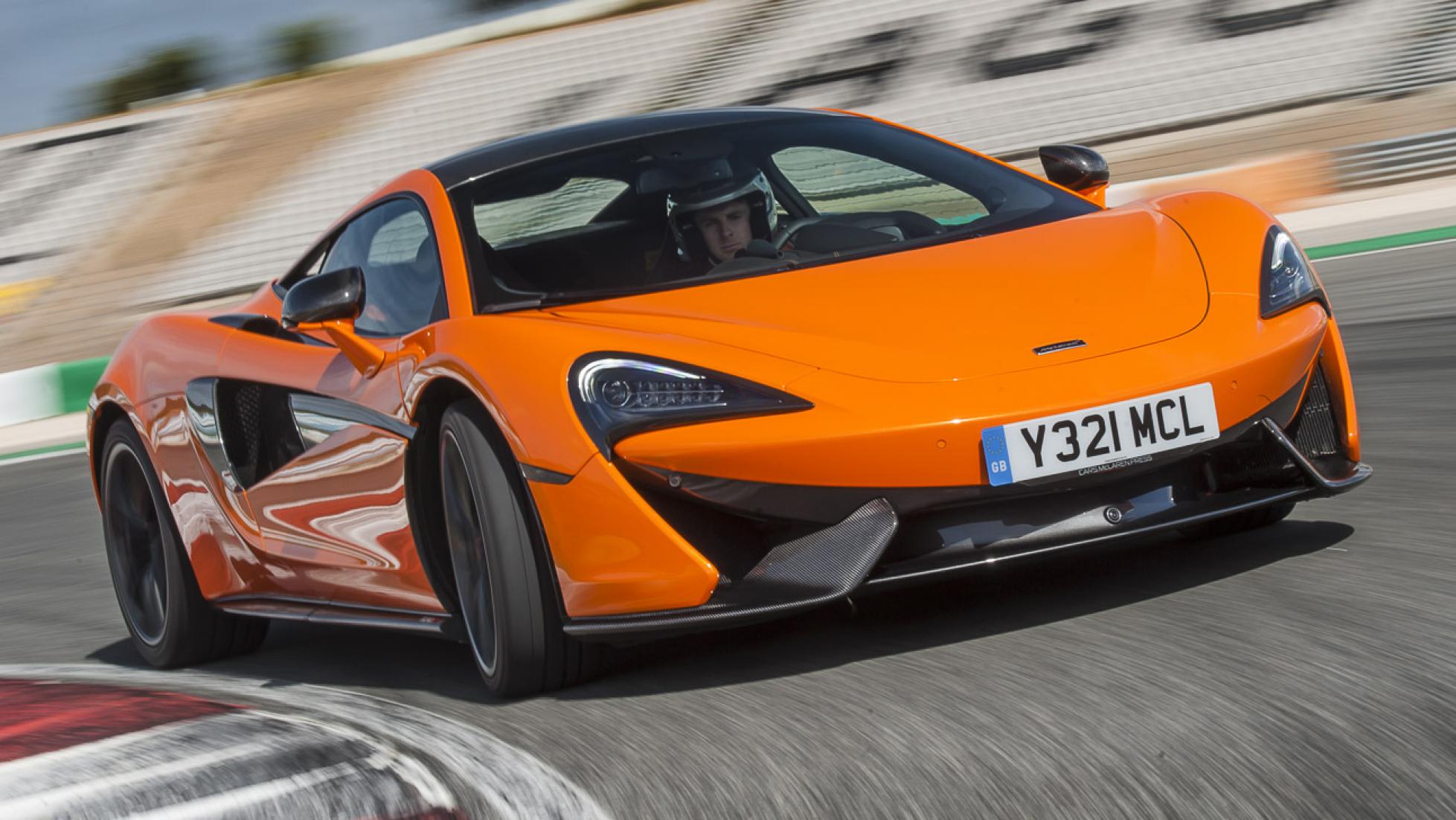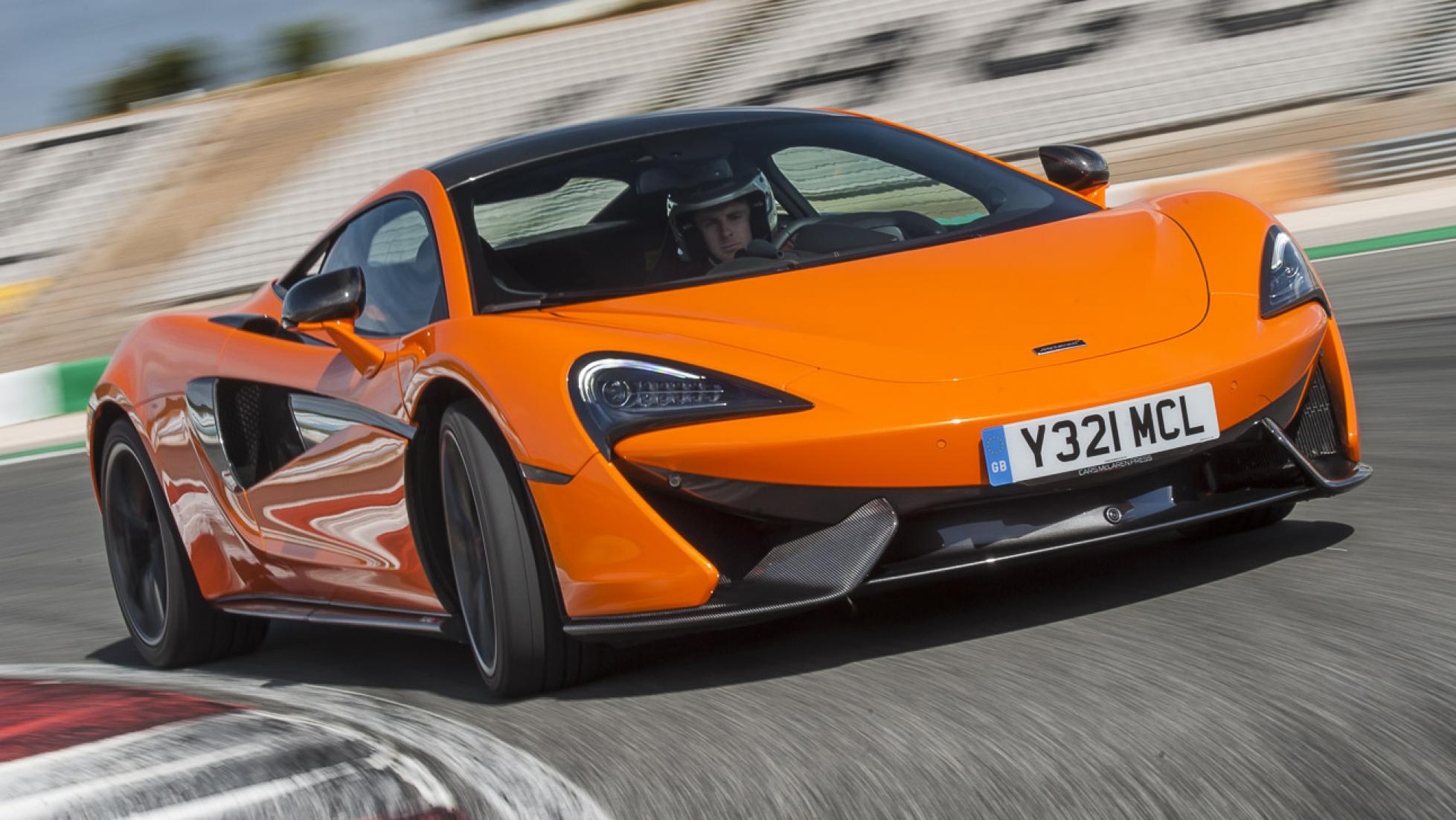
OVERVIEW - What is it?
The entry-level McLaren. Sport Series, in their terminology, placing it below the 720S (Super Series) which gains moveable aero devices and cross-linked hydraulic dampers that are denied junior. Top of pile is the Ultimate Series – the limited edition stuff such as the Senna, Speedtail and Elva. But even at the bottom end, McLarens are hardly lacking in speed or ability.
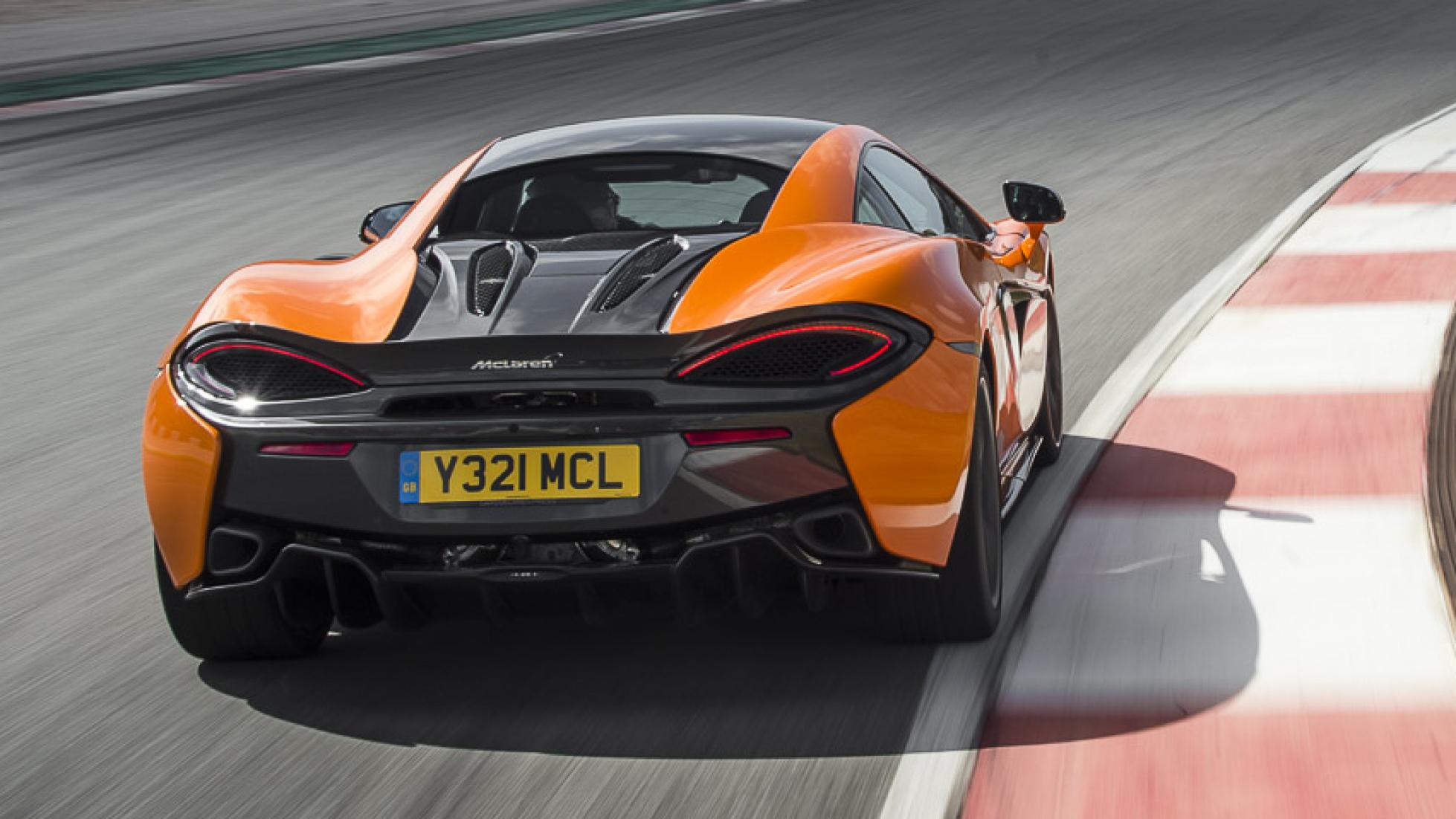
Like all McLaren road cars ever produced, the Sport Series is built around a carbon tub. All versions are powered by a 3.8-litre twin turbo V8 engine, available with a choice of three different outputs. The base car was the now discontinued 540C with – obviously – 540bhp. Above it you have the 570 and then the 600LT. If we’re being pedantic they actually develop 562 and 592bhp respectively, although both produce the same 600Nm of torque. The 570 is the bread-and-butter model, available in three body styles: coupe, convertible and GT hatch. The 600LT, available as drop-top as well as hard top, is a track weapon: harder, sharper. All versions are rear-wheel drive only.
The 540 and 570 are everyday supercars: seating for two, twin clutch gearbox and enough practicality and habitability to make them usable. It’s a competitive area, putting the Sport Series into conflict with the likes of the Audi R8, AMG GT, Aston Martin Vantage and Porsche 911 Turbo.
The McLaren is lighter than any of its rivals, just a little over 1,400kg, and this, combined with superb launch control, gives it immense sprinting ability. As we found out when we drag raced it. 0-100kph is done in just 3.2secs, 160kph in 6.3secs and top speed is 328kph. Those acceleration times? Identical to those achieved by the fearsome and fabled F1…
Launched in 2015, only ten per cent of parts were carried over from the older 650S, chiefly the front and rear wishbones, braking system and IRIS infotainment. Although it retained the same capacity, the engine used new injectors, turbochargers and cam phasers, and a bespoke exhaust and manifold. Suspension is by conventional spring/damper units and (a first for any modern McLaren) there are actual anti-roll bars. The driving experience is key, of course, but McLaren did also drop the sill height and make sure the upward-opening doors rise further and twist outwards more in order to improve access. There’s a sizeable boot in the nose, and if you have the GT, another larger one over your shoulder.
While the 540C was available, prices started at £126,000, running up to £201,500 for the 600LT Spider. The regular 570S is £150,815.
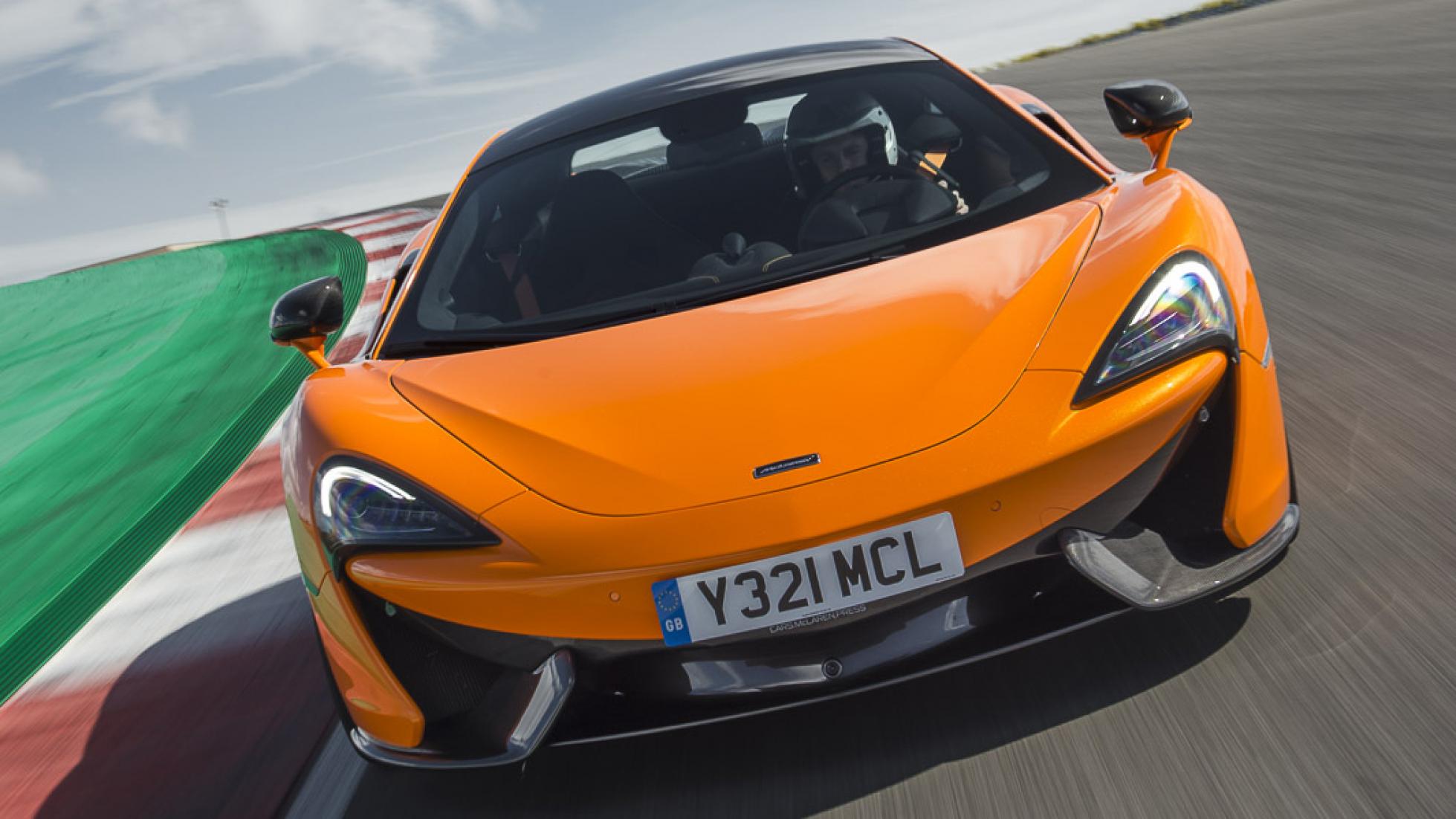
DRIVING - What is it like on the road?
This is McLaren’s core territory, and boy is it good at it. The standard 570S scythes along roads, an instrument of dissection, picking them apart with its accuracy, balance and finesse. No other supercar is more agile or has more communicative steering. The 540C delivers a broadly identical driving experience, although its engine loses a bit of mid-range urgency. The 600LT is one for track enthusiasts. Don’t be tempted to have one just because it’s the ultimate Sport Series car – it’s rowdier and more tiring on road. On track, however, it’s a complete monster, stunning under brakes and turn-in, super-precise, urgent and completely thrilling.
The weak link for them all, if there is one, is the engine. And it’s hardly weak. It’s just that it doesn’t make the richest noise. No Audi R8 wail or AMG GT throb here. The sound is flat and fizzy, high-pitched and fails to get under your skin in the way the rest of the car does. But it is effective. The turbos are sharp and eager in their response and at the top end the power delivery is ferocious, the engine’s flat motorsport blare hardening to a tungsten point.
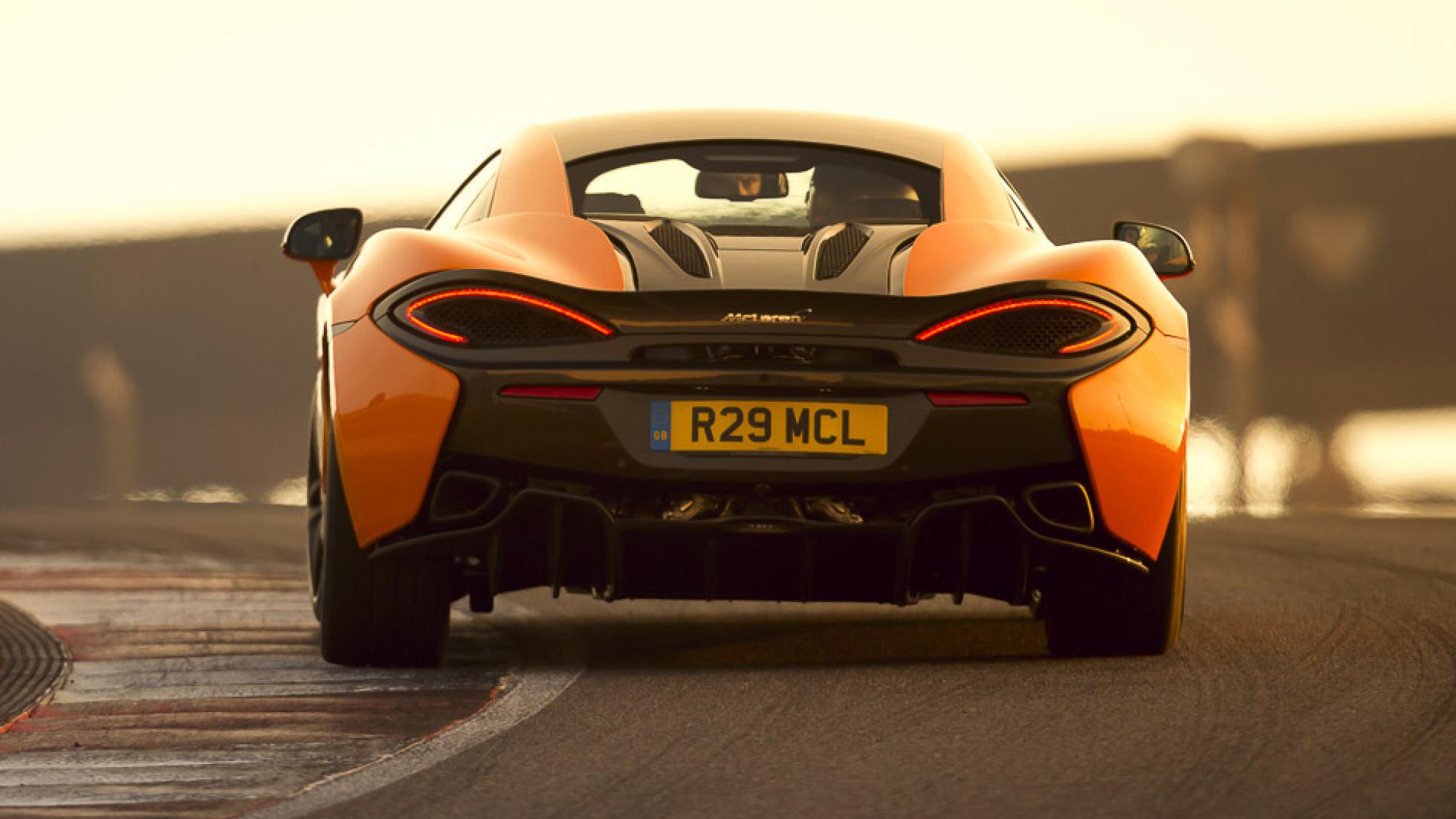
It’s plenty fast enough through the mid-range because once the turbos have spooled up, they stay on boost through gearchanges, giving the acceleration a linear quality that is sustained through every upshift. This makes the performance accessible and the McLaren very easy to drive fast. True, it’s only rear-wheel drive when many rivals send power to all four wheels, but you always feel in control of it because the chassis is so biddable and communicative. And the brakes, with less weight to shrug off, are immense – firm underfoot, easy to modulate and lovely to use.
It covers ground quickly and efficiently because the suspension deals with rotten surfaces so well. Fidget, twitch and fight are minimised as the 570S manages to remain undistracted – and this without the fancy dampers of its bigger brother. Is it harsh? No, it’s just positive, although the chassis does transmit some noise and vibration back into the cabin. Let’s put it in context with Porsche. It’s more in the mould of a GT3 than a 911 Turbo. And that’s before we step up to the 600LT. That’s GT3 RS and beyond. It’s not a GT (but then neither is McLaren’s actual GT). It schleps tolerably, not easily.
You’ll buy the McLaren because of the way it steers. Sure, the acceleration figures will have grabbed your attention, but over time you’ll realise that on a public road you’re only ever scratching the surface. At its launch we were told “McLaren wants to own steering feel”. Sounds like a pompous statement, but while other firms are battling electric power steering and fitting artificially fast steering racks, there’s something enormously pleasurable about a car that puts such tactility in your hands. The enjoyment you get from just turning the hydraulically-assisted wheel is a long term satisfaction.
This feel and sensitivity bring colossal confidence. It helps that the car never seems to grow around you or lose its agility. Instead you get utterly caught up in the process of accelerating, braking, steering and shifting. Because the suspension isn’t trying anything too tricky, it feels beautifully natural and the car moves with the road. Nothing else in the supercar class does it better.
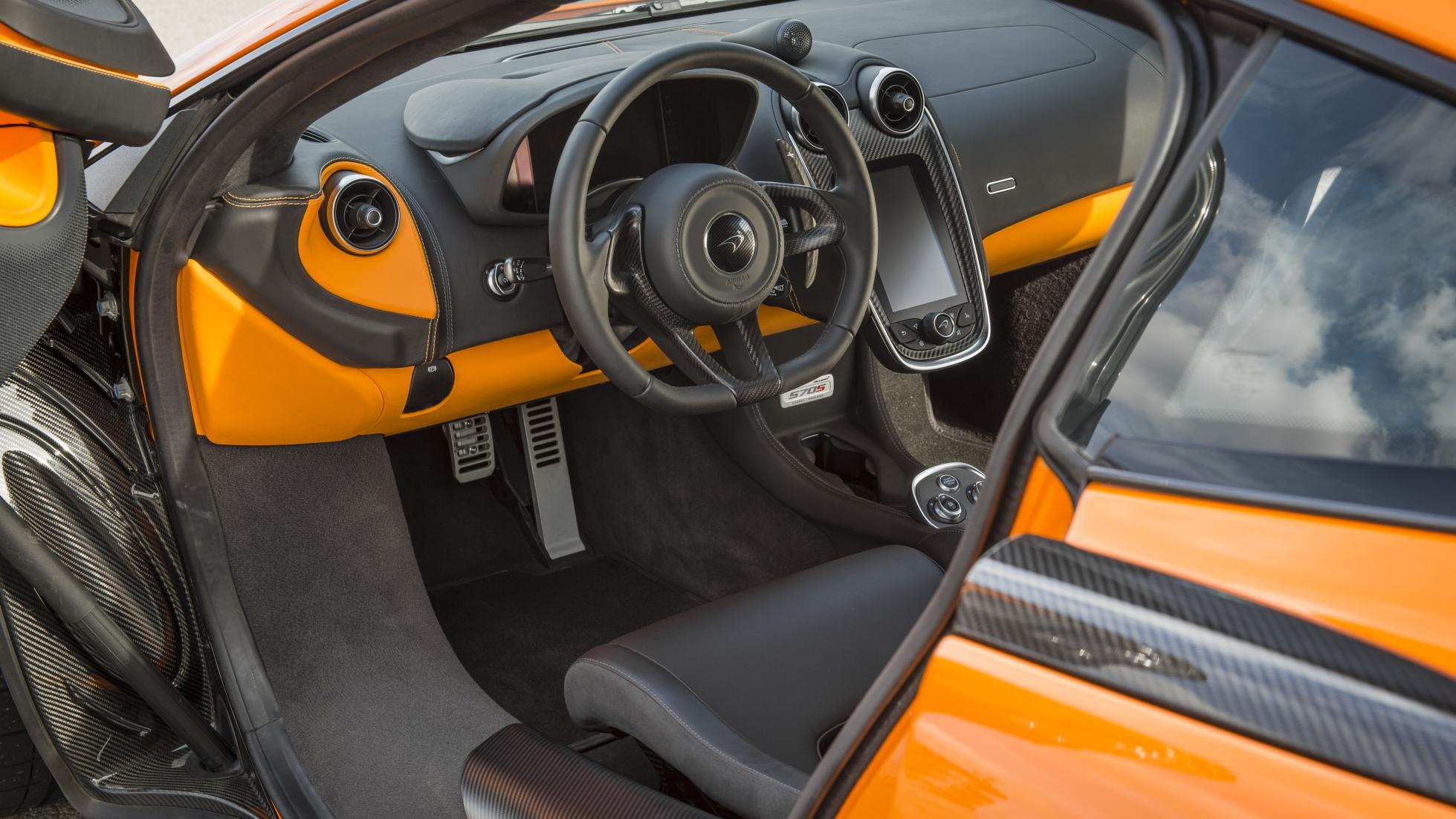
ON THE INSIDE - Layout, finish and space
McLarens are not easy cars to get into. You have to drop a very long way down and navigate a door that opens upwards and outwards and will give you palpitations in supermarket car parks. The door mirrors of cars parked next to you are most vulnerable. But once you’re in, it feels great. Provided you’re here for the driving, not the luxury. The steering wheel is unadorned, the windscreen scuttle is low, you enjoy a wide-angle view out. Scenery seems to whip past, the road-fast-forwarding under your heels, even at modest speeds.
The seats, whether you go for the standard multi-adjustable items or one-piece racing buckets, are firm and thinly padded. The electric seat controls are very inconveniently sited. The driving position, though, is great. Space for wallets and phones isn’t generous – you might just cram both in the lidded compartment under your elbow.
The infotainment system has improved markedly over time, but even the optional £3,400 Bowers & Wilkins 12 speaker stereo has to work quite hard to overcome background noise. Can’t imagine the standard four speaker system is up to much. There are other niggles. The sun visors contain vanity mirrors which look and feel a bit… TVR. The digital dash isn’t one large screen, but three separate small screens. McLaren likes to claim it’s a luxury brand, but although the materials and design of the cabin set the tone pretty well, the depth of quality and refinement isn’t quite there.
If practicality matters, have the 570GT. Remember that’s different to the new GT – the 570GT has the sideways opening tailgate. The main advantage is it makes the car look sleeker. The 220-litre load bay underneath is shallow, useful for keeping clothes flat or maybe a tennis racket, but not much more. The squarer 150-litre area in the nose is arguably more useful.
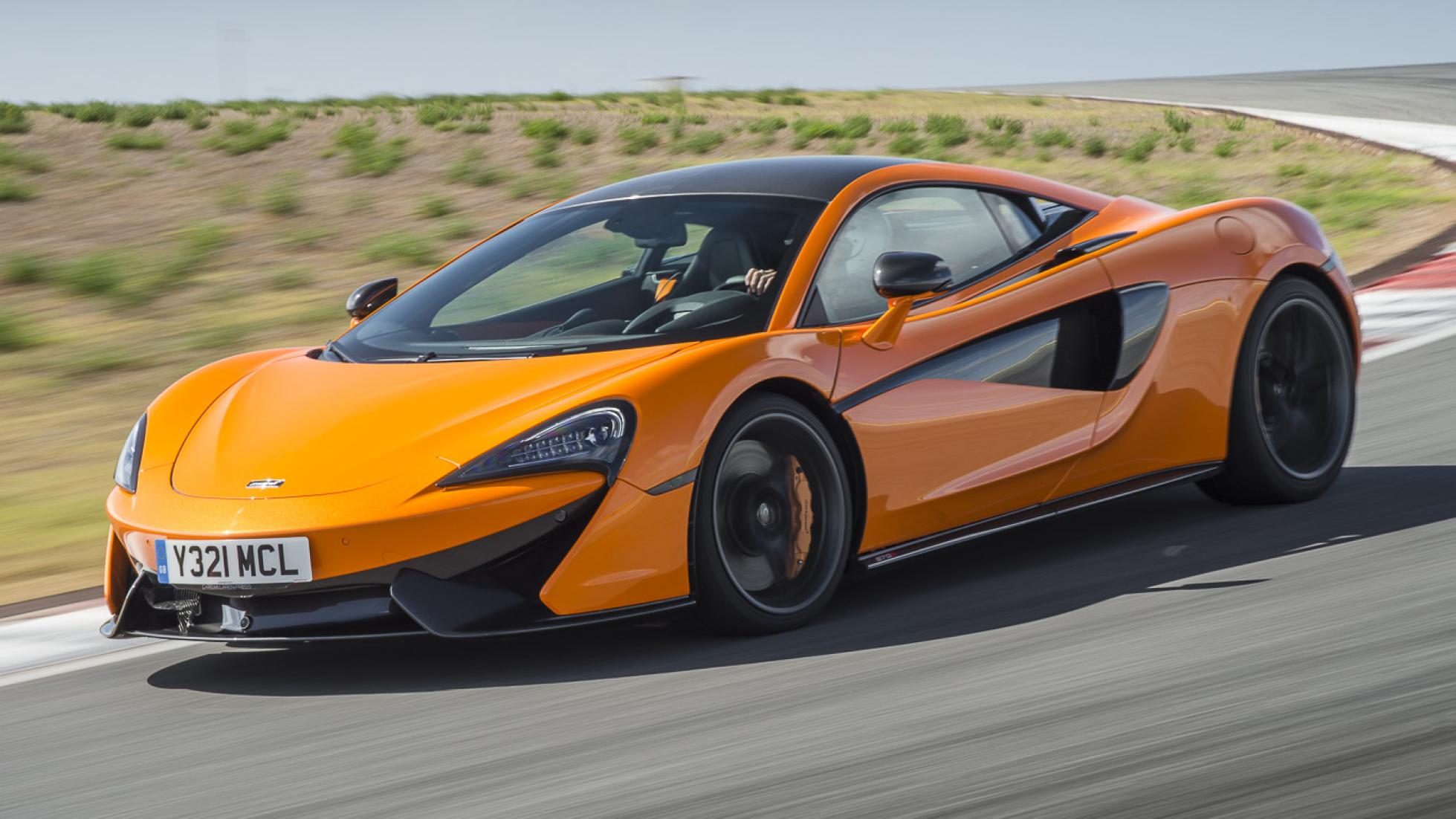
OWNING - Running costs and reliability
Because it’s light, and has a relatively modest 3.8-litre engine, cruising fuel economy is reasonable. You’ll manage 25mpg or more. Engage the turbos and that will fall very quickly. Expect 20mpg (14.1 litres/100km) overall, although the trip computer will insist you’re doing more than that. Think 280-300 miles (450km - 483km) from a tankful.
Since it’s now been on sale for four years, it’s likely you’re looking at buying one used rather than new. Probably because prices look temptingly low. We’d urge you to buy as new as possible – although McLaren does have a record of upgrading earlier cars with later software. Just watch the spec. Don’t be persuaded to pay too much extra for lightweight carbon packs that cost a fortune to option new. Ask yourself how you’re going to use the car. Intending to drive it every day? Have a 570GT and look for a more comfort-orientated car. Thinking track days? Go the other way. The Sport Series McLaren can feel very different depending on how it’s been optioned.
VERDICT
There isn’t a faster or more rewarding ‘entry-level’ supercar. An Audi R8 makes a better noise and has a nicer cabin. The Porsche 911 Turbo (a new one is due in 2020) is more versatile and secure. An AMG GT is more thunderous. But if speed and handling count above all, the 570 takes some beating. And yes, the 570GT is softer, but not by much. And the 540C is slower, but you’ll never notice it.
The arrival of the Sport Series in 2015 was an important milestone for McLaren, bringing clarity and structure to the model range. It remains the handling benchmark in the £150,000 class, and although it lacks some of the features seen on the 720S, it’s still underpinned by a carbon tub and a sense of occasion that very, very few cars can match.
A supercar that drives beautifully, is hugely potent and has a real sense of occasion
| FOR | AGAINST |
| The way it drives: steering, chassis, brakes, traction | Not as cosy and habitable as some rivals |
| SCORE | 8/10 |
